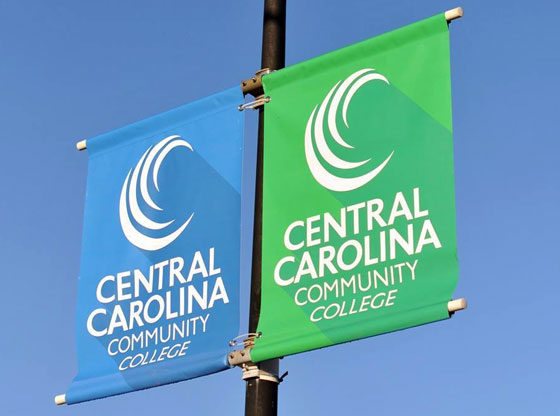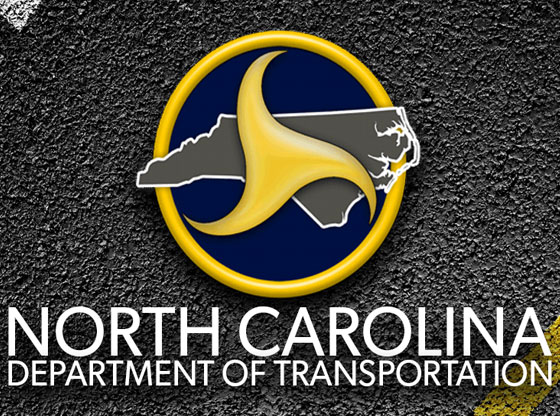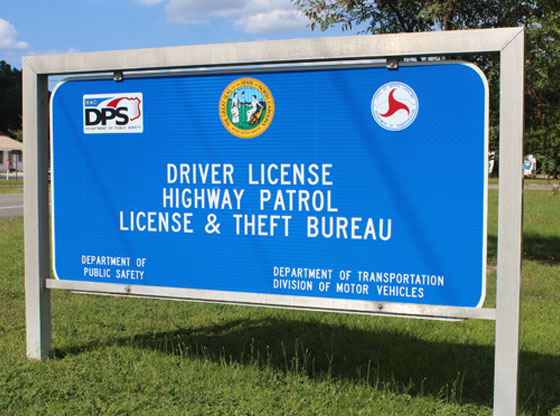State officials want to hear from the public on what local projects should be priorities in the state’s next 10-year transportation plan, called the State Transportation Improvement Program. Data and local input are used to determine which projects get built based on a funding formula aimed at reducing congestion, increasing safety and promoting economic growth.
The department’s 14 local transportation divisions are accepting input on division-level projects starting as early as this week in some locations. Division-level projects are one of three categories in which projects are funded.
Information on the process and how and when to comment is available on the NCDOT’s 2020-2029 STIP Development website. Once on that site, scroll down to the Next Steps section to find the public comment opportunities for your area.
In August, the department released the preliminary scores for projects evaluated at the regional level. The divisions and local transportation planning organizations will use that information, along with feedback from the public, to determine how to assign local input points to division-level projects.
Project priorities can be as small as a new turn lane, an intersection upgrade or another improvement. Please note that the comment period is not for maintenance-related projects such as patching potholes, resurfacing, or cleaning out ditches. NCDOT uses a different method to prioritize maintenance projects.
The department will provide auxiliary aids and services under the Americans with Disabilities Act for disabled persons who want to provide input. Anyone requiring special services should contact the division contact on the STIP development website as early as possible so that arrangements can be made.
When all project scores are finalized at the statewide, regional and division levels, the top-scoring projects will be scheduled into a draft of the 2020-20229 STIP based on available funding and other factors. They include the completion of environmental studies and engineering plans, corridor spending caps and federal and state funding restrictions.
Local transportation planning organizations across the state also receive local input on project priorities. For more information on that process, contact your local metropolitan planning organization (MPO) or rural planning organization (RPO). Links to the MPO and RPO directories can be found on the STIP Development website.
The draft plan is scheduled to be released for public comment in January 2019, and adopted by the N.C. Board of Transportation at its summer monthly meeting.
The Strategic Transportation Investments Law established a data-driven funding formula that takes politics out of the planning process. The transportation plan is updated every two years to ensure it accurately reflects the state’s current needs.
Contributed Feature photo: U.S. 15-501 intersection with Morganton Road in Moore County: Converting to interchange.

















